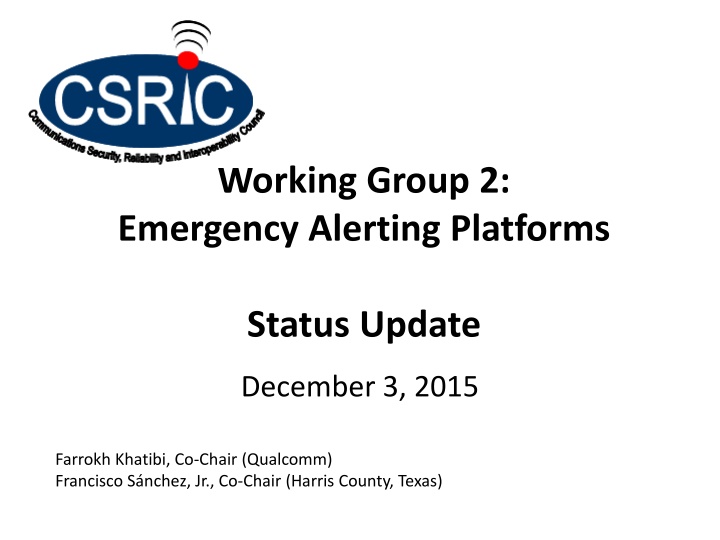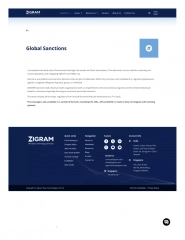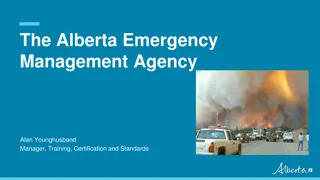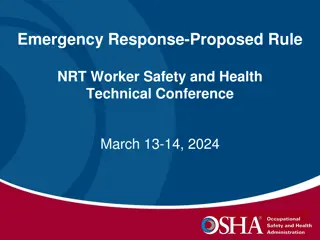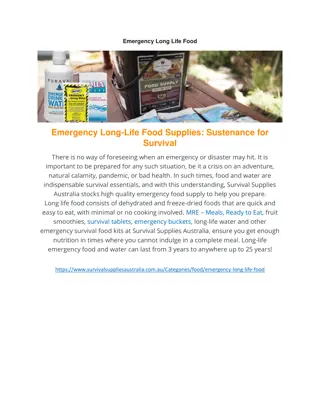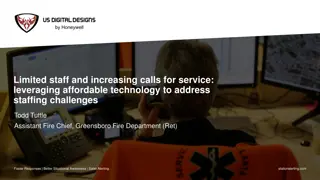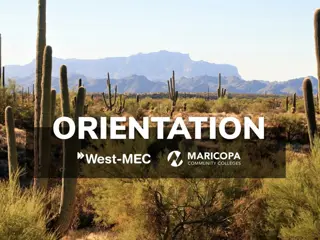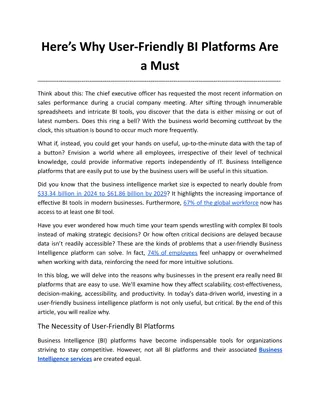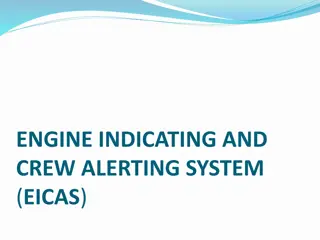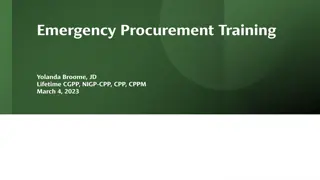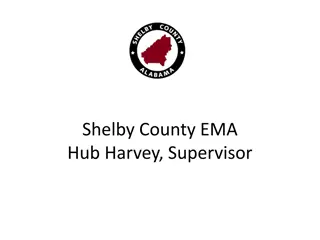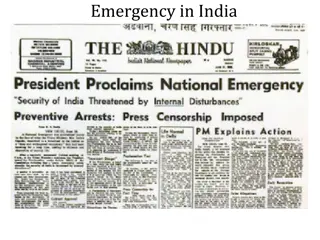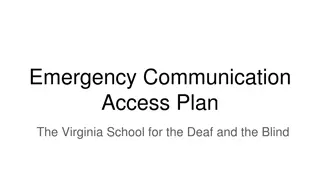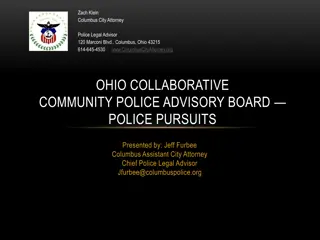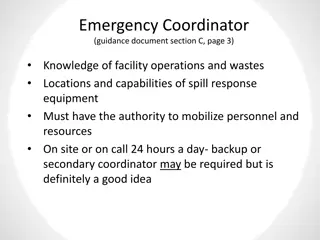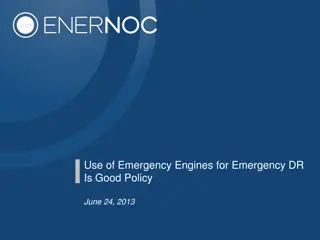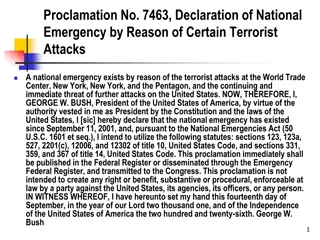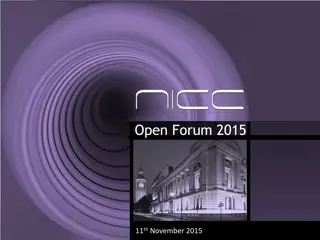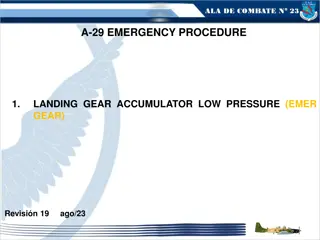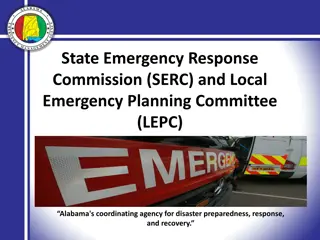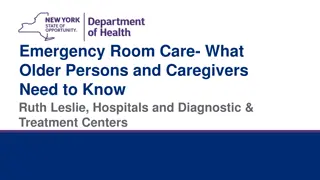Emergency Alerting Platforms Update - Dec 3, 2015
The Emergency Alerting Platforms Working Group 2 provides status updates, objectives, deliverables, and member information related to reviewing Wireless Emergency Alert security practices and developing recommendations for enhanced public safety outcomes. The group is focused on addressing cyber risks, technology barriers, and encouraging state and local use of alert systems. Members include industry experts, government officials, and academia collaborating to improve emergency communication strategies.
Download Presentation

Please find below an Image/Link to download the presentation.
The content on the website is provided AS IS for your information and personal use only. It may not be sold, licensed, or shared on other websites without obtaining consent from the author.If you encounter any issues during the download, it is possible that the publisher has removed the file from their server.
You are allowed to download the files provided on this website for personal or commercial use, subject to the condition that they are used lawfully. All files are the property of their respective owners.
The content on the website is provided AS IS for your information and personal use only. It may not be sold, licensed, or shared on other websites without obtaining consent from the author.
E N D
Presentation Transcript
Working Group 2: Emergency Alerting Platforms Status Update December 3, 2015 Farrokh Khatibi, Co-Chair (Qualcomm) Francisco S nchez, Jr., Co-Chair (Harris County, Texas)
WG2 Objectives Working Group Description: WG2 is reviewing current Wireless Emergency Alert (WEA) security practices and recommend actions, including development of best practices. The review will cover end-to-end security aspects of WEA including the integrity of the C-interface, insuring the integrity of the WEA message as it transverses across the carrier networks and security of message data on handsets. Consideration will be given to new technologies and cyber risks to WEA. WG2 will provide recommendations to encourage local and state use of alerts across multiple platforms, examine technology opportunities to overcome barriers, identify paths for people to push information to officials and seek ways to improve public safety outcomes. 2
WG2 Deliverables Deliverables: Recommendation to the Commission on WEA security (Due: March 2016) Recommendation to the Commission on state/local use of one-to-many and many-to-one public communication systems (Due: September 2016) 3
WG2 Members Name Farrokh Khatibi (Co-Chair) Francisco Sanchez (Co-Chair) Hutch McClendon Brian Daly Peter Musgrove Caitlin Shockey James Tyson Jose Rivera Denis A. Gusty Alexander Gerdenitsch Jennifer Manner Scott Enright Chris Tarantino Alfred Kenyon Mark Lucero Matthew Straeb Brian Murray Company Qualcomm Technology Inc. Harris Co. (TX) Emergency Management Advanced Computer and Communications AT&T AT&T (ATIS) Centers for Disease Control Centers for Disease Control DHS DHS, S&T/FRG Echostar Echostar Emmis Communications Epicenter FEMA IPAWS FEMA IPAWS GSS Net Harris County Office of Homeland Security & Emergency Management 4
WG2 Members (Cont.) Name Tony Surma Bob Sherry David Layer Larry Walke Mike Gerber Robert Bunge Steve Mace Dana Golub Mark D. Annas Carol Woody Brad Gaunt John Davis Keith Bhatia Shelley Blakeney Tim Dunn Taelor Hardesty Jeannett Sutton Larry Rybar Company Humanitarian Toolbox Intrado NAB NAB NOAA/NWS NOAA/NWS NCTA PBS Riverside (CA) Fire Dept Software Engineering Institute Sprint Sprint TCS T-Mobile T-Mobile Univeristy of Houston University of Kentucy Verizon 5
Security Subworking Status Had several bi-weekly virtual meetings, developing draft report on WEA security Presentation made by: PBS WARN Cybersecurity Engineering CERT Division, Carnegie Mellon University SEI Members have volunteered to complete sections of the report Contributions are being reviewed and incorporated into the report 6
Security Subworking Overview Alert Originators IPAWS CMSPs Alert Recipients Alert Originators: the people, information, technology, and facilities that initiate and create an alert, define a target distribution area (i.e., targeted geographic area), and convert the alert information into the appropriate format for dissemination Integrated Public Alert and Warning System (IPAWS): a collection of FEMA systems that receives, validates, authenticates, and routes various types of alerts to the appropriate disseminator, such as WEA, the Emergency Alert System, or the National Oceanic and Atmospheric Administration Commercial mobile service providers (CMSPs): commercial wireless carriers that broadcast WEA messages to a designated geographic area. Alert Recipients: the WEA-capable mobile devices located in the targeted alert area 7
Security Subworking Methodology Construct security risk scenarios Identify security threats and vulnerabilities Analyze potential risks Probability Impact Risk exposure Propose mitigation plans 8
Security Subworking Next Steps Continue with the analysis of potential security risks and ways to mitigate them for each element of the WEA chain Incorporate the findings in the report Final report review in early March Due to CSRIC on March 16 9
WG2 Subworking Group - Alerting Objective Multiple alerting aspects to be studied relating to: Wireless Emergency Alerts Mass notification systems Social media Focus on geo-targeting Identify barriers and solutions Best practices IMPROVE PUBLIC SAFETY OUTCOMES 10
Alerting Subworking Group Deliverable Goals Promote the use of emergency alerts by local/state officials at the geo-targeting level Leveraging various alerting platforms (WEA, EAS, social media, mass notification) Identify technical barriers and solutions Development of use standards, based on best practices and established sociology that improve public safety outcomes Consider many-to-one and one-to-many solutions to enhance situational awareness and improve direct communication 11
Alerting Subworking Group Study Approach Current status what is the current state of practice Best practices as identified by practitioners, developers and researchers Way forward based on a better understanding, next steps and strategic options Recommendations to the full CSRIC and FCC 12
Alerting Subworking Group The Team Traditional Stakeholders Private Sector Local, state, federal government Special outreach: Researchers and academics Social media Other similar initiatives 13
Alerting Subworking Group Meetings to Date Introduction and orientation Review of recent research Deaf and hard of hearing, functional access needs 14
Alerting Subworking Group Next Steps Continue presentations and education Fine tune objectives and expectations Assign responsibilities Draft report by late spring/early summer Final document ready for review by mid-summer Due to CSRIC September 2016 15
